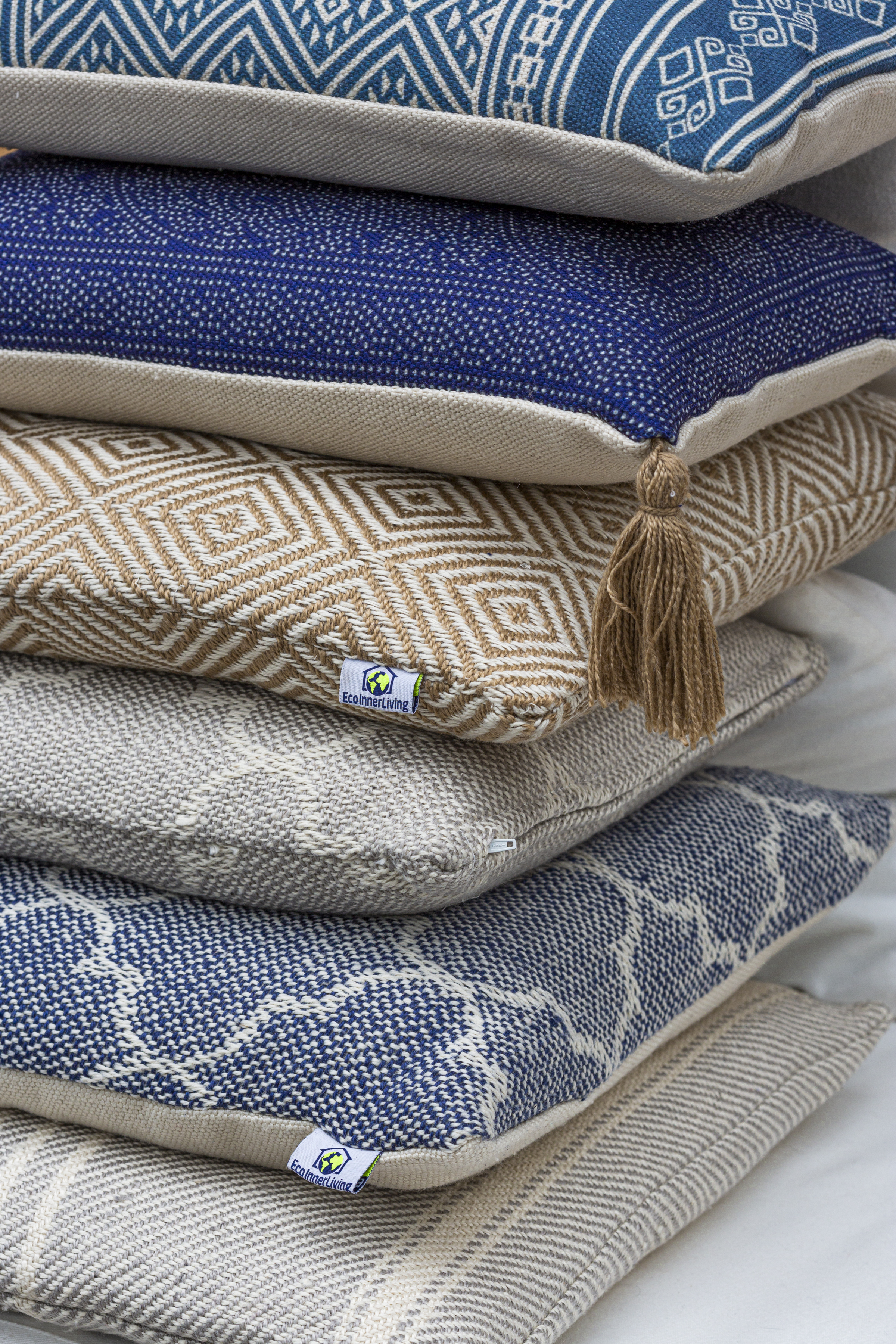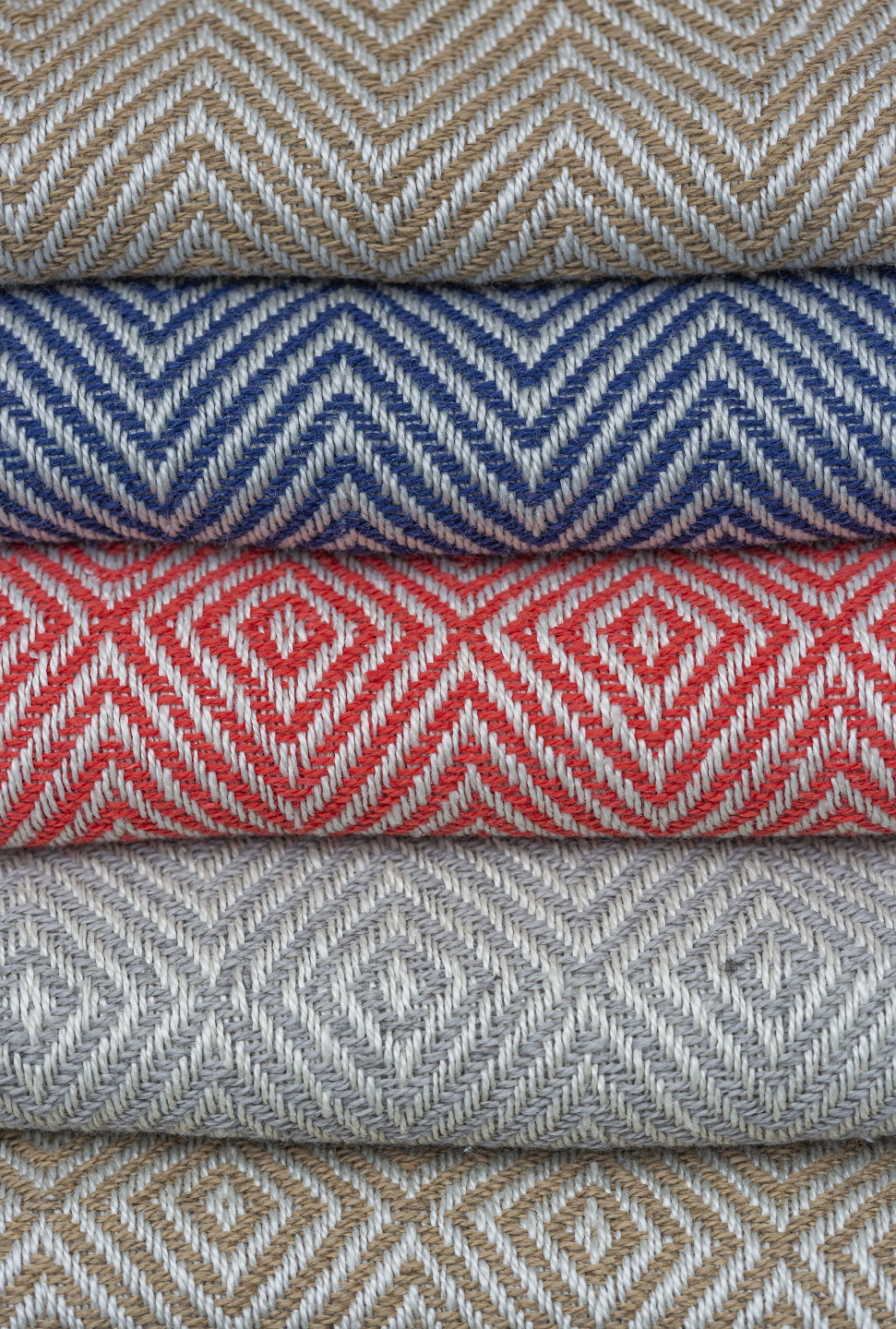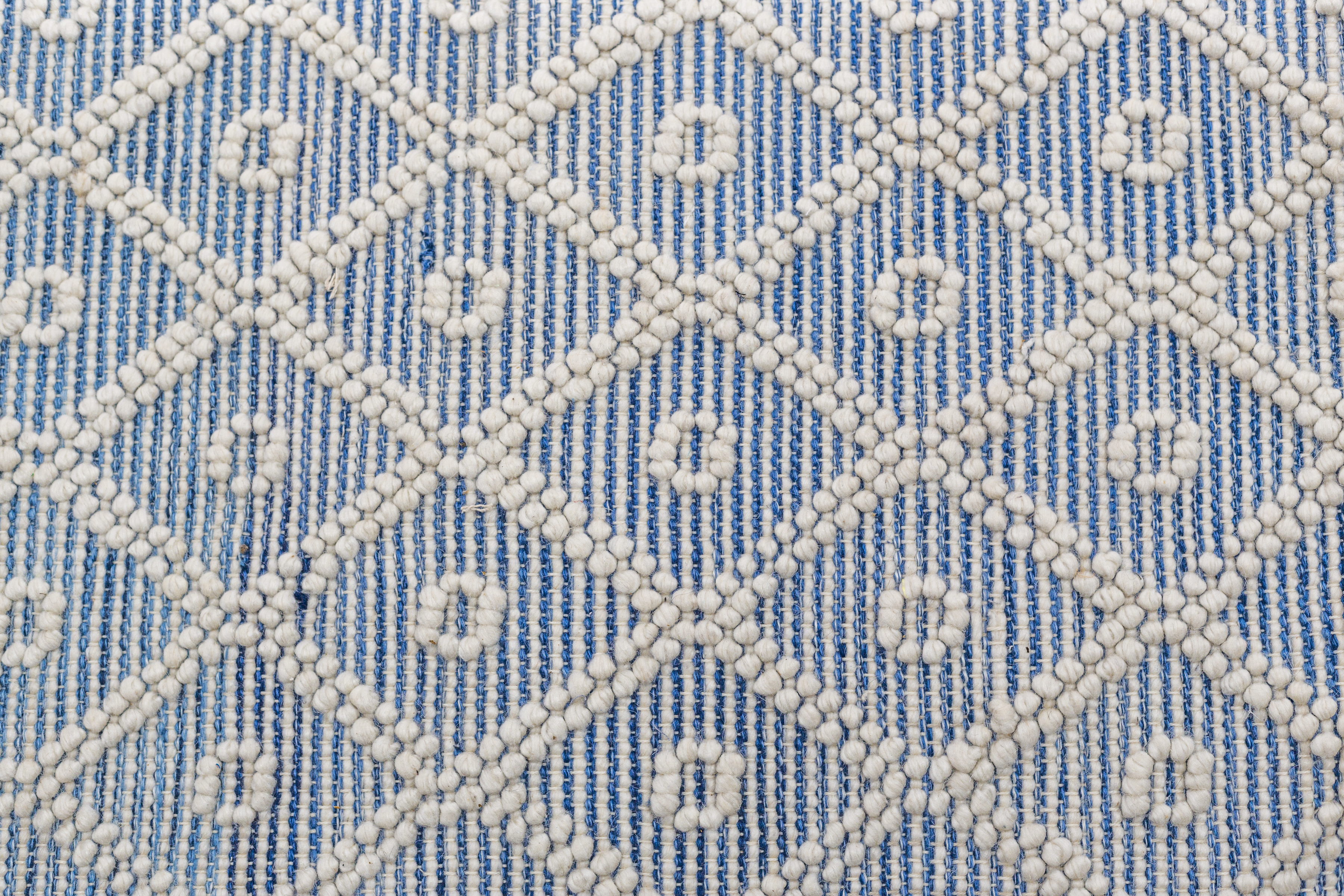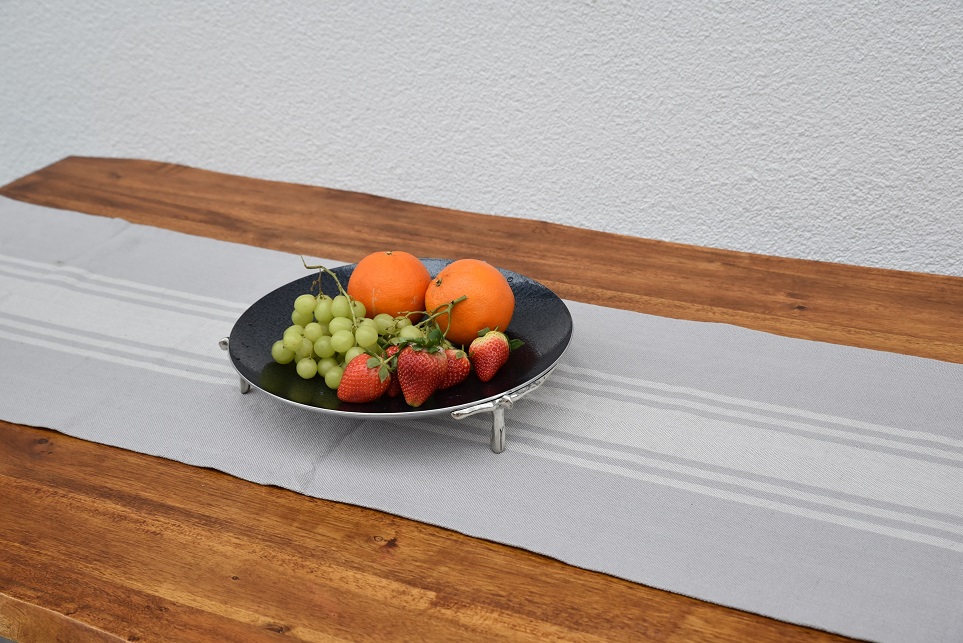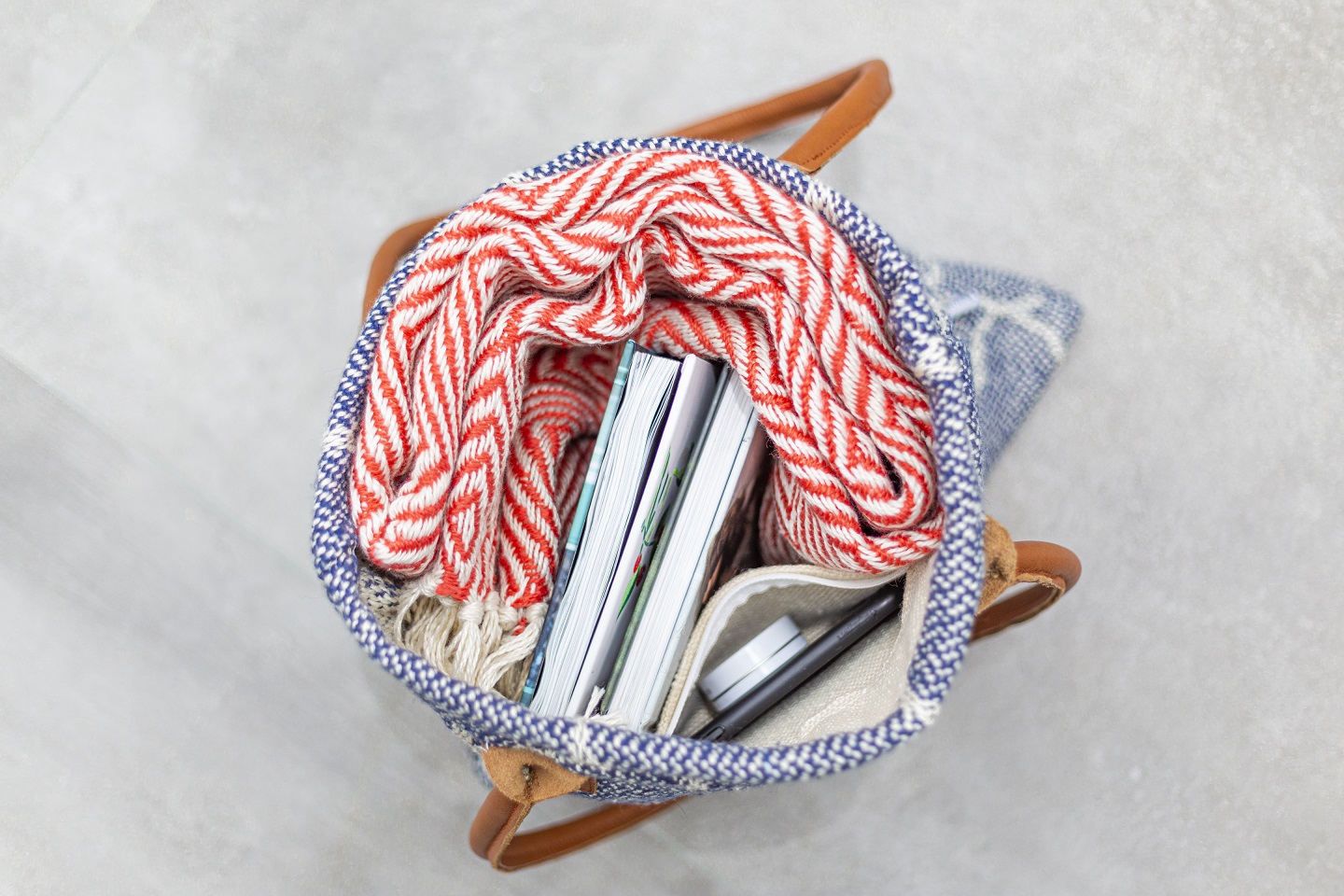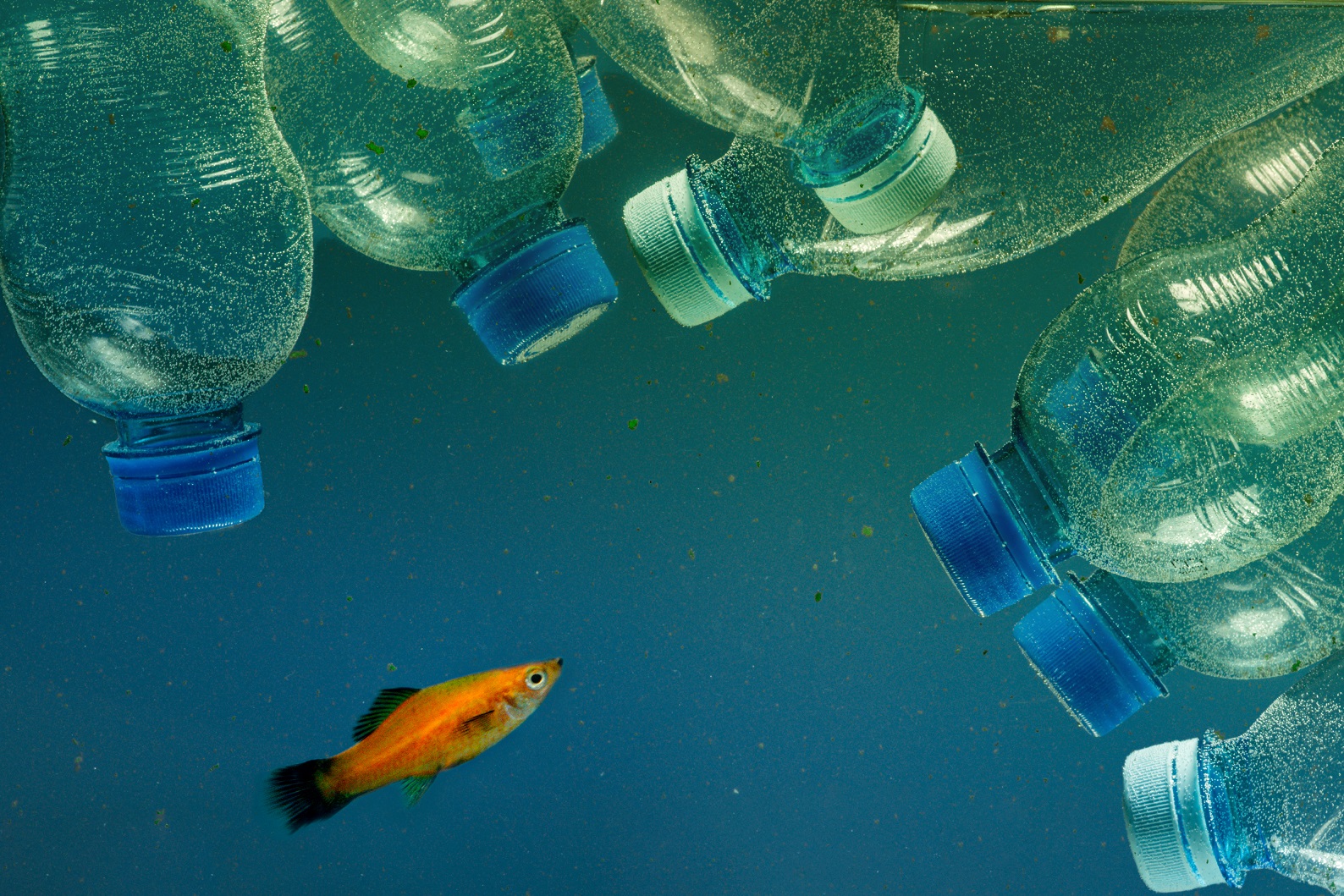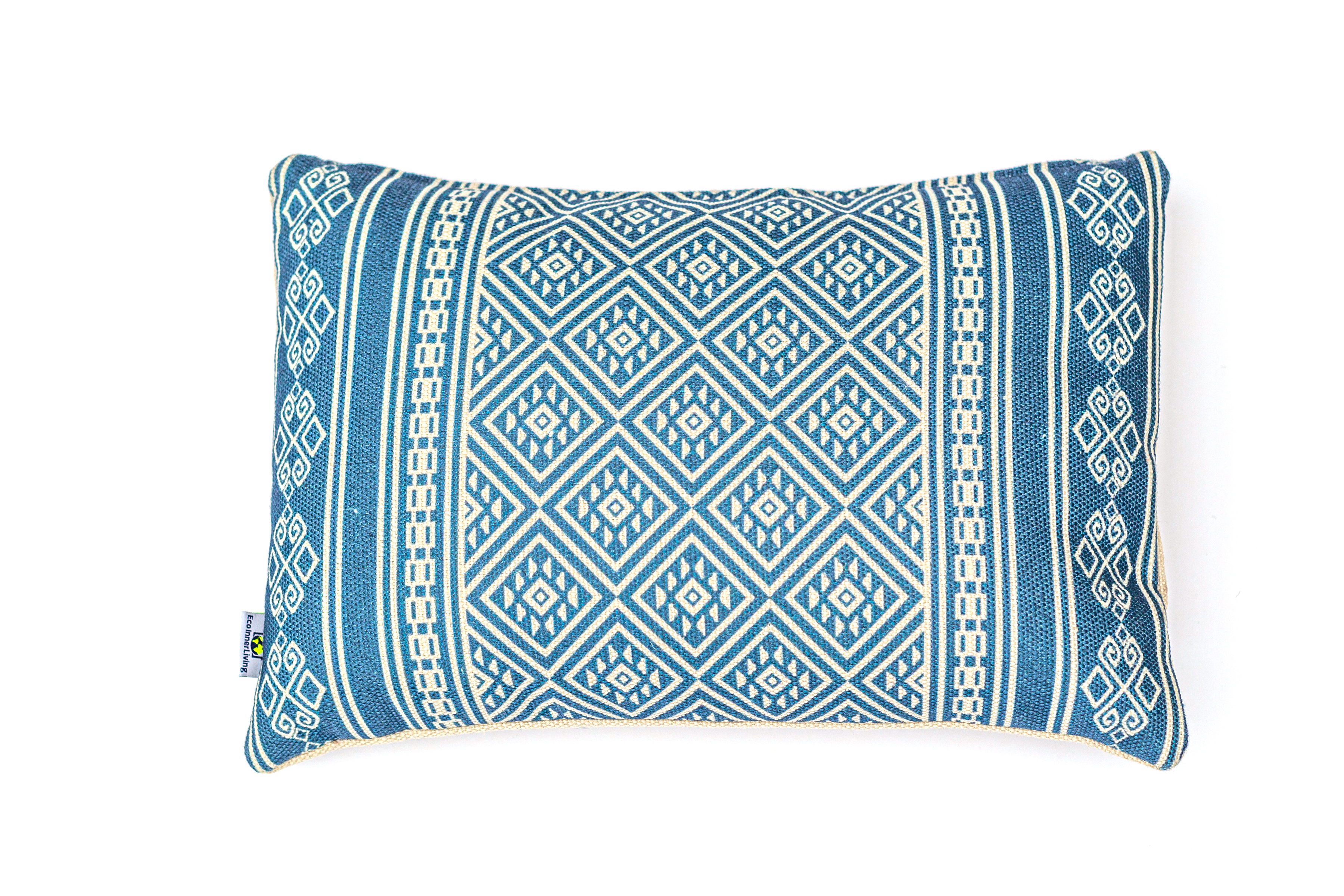You can take the first step - bring plastic into the recycling cycle
Did you know that around 40 million tonnes of waste are produced in Germany alone every year? That's simply staggering. If you then think about how much waste just the packaging materials make up... wow. It's almost impossible to imagine this amount, which is why it's all the more important that we handle our waste properly. You can find out how to bring plastic into the recycling cycle in this article. A guide is also necessary, because unfortunately our recycling rate for waste is only 9 per cent.
Our statement is therefore: Environmental protection concerns us all. That's why everyone should take matters of resource conservation and recycling into their own hands. But how do you actually recycle plastic correctly? What belongs in which waste and how you can contribute to the plastic recycling cycle - you can find out all this here.
Plastic, plastic, packaging - a material with many faces
What actually is plastic? We have also asked ourselves this question. Plastics are generally macromolecules that are the basic building blocks for many products. A distinction is made between different types of plastic. Plastic in general is not only found in supermarkets, but also in paints, varnishes, upholstery, cosmetic products and so on. However, it is not important that you know exactly what plastic actually is, but rather how to handle this highly complex and unfortunately environmentally harmful molecule correctly. The disposal and, above all, recycling of plastic waste is difficult and anything but perfect. When disposing of packaging materials, we should all take great care to separate them correctly in order to make the recycling process as simple as possible.
Correct recycling - actually not difficult at all
The first step in making recycling possible is to separate waste correctly. The problem with waste separation in Germany is that waste is separated differently in each region. So check with your local waste processing organisation to find out what belongs in which bin. Basically, however, you can stick to the following guidelines:
|
Waste bin |
Waste |
|---|---|
|
Yellow bin/yellow bag |
Plastics Aluminium Tinplate Composite materials (beverage cartons etc.) |
|
Glass container |
Glass bottles Disposable jars (without lids!) |
|
Paper bin |
Paper Cardboard Carton |
|
Residual waste |
All substances that are not hazardous waste |
|
Organic waste bin |
Kitchen waste (raw) Garden waste |
Our source: https://www.nabu.de/umwelt-und-ressourcen/oekologisch-leben/alltagsprodukte/19838.html
However, correct recycling does not only mean correct separation but also reutilisation
Of course, used yoghurt pots are difficult to recycle. But when it comes to packaging, a lot is possible. Glass, for example, can be wonderfully recycled. The same goes for plastic bags. Reusable bottles can also be used several times without any problems. Disposable bottles, on the other hand, should be returned to the circular economy. All in all, you can already play a large part in the plastic recycling cycle.
Plastic - mankind's greatest environmental sin
The invention of plastic packaging is both a blessing and a sin. It is practical, but a real challenge for the environment. Valuable resources such as petroleum are used not only in the production of plastic materials, which push our planet to its limits. CO2 emissions are also extremely high due to the ever-increasing mountain of packaging waste. If the plastic is not disposed of properly, it makes recycling almost impossible. It is often cheaper to produce new plastic than to recycle old plastic. It is therefore all the more important that you take a step towards recycling and properly incorporate your plastic into the recycling cycle.
- Utilise the possibilities of waste separation
- Use the deposit system
- Watch out for rPet
- Make sure you use as little single-use plastic as possible
Recycling cycle for plastic - the way out of the rubbish mountain
The latest developments clearly show us that recycling is the way to a greener future. It is therefore particularly important that plastic is not only recycled, but also reused in long-lasting products. We at Eco Inner Living have taken on this task and are giving the recycling cycle for plastic a new meaning. It not only makes sense, but also forms the basis for your beautiful home furnishings.
Eco Inner Living - the most beautiful plastic is in your home
Recycling plastic bottles is our hobbyhorse. We have made it our mission to turn the devilish plastic into something wonderful. Our products increase the longevity of plastic to a maximum and bring colour and a feel-good atmosphere into your home. So feel free to browse through our range and choose your plastic hero for your home:
- Blankets
- Cushions
- Dog cushions
- Poufs
- Rugs and runners
- Tote bags
- Tablecloths
Sustainable home accessories thanks to proper recycling
Packaging, drinks bottles and much more is processed into a reusable recyclate in a resource-saving process. A large proportion of the disposed plastic packaging is cleaned and then shredded. These pet flakes are then melted down again and spun into wafer-thin threads, which form the basis for our wonderful home accessories. This process uses far fewer raw materials than the production of new material and the CO2 emissions are many times lower. And best of all: no one will ever believe that your new favourite cushion is made of rPet. It's as soft as cotton and incredibly comfortable. See for yourself.


Matching articles



